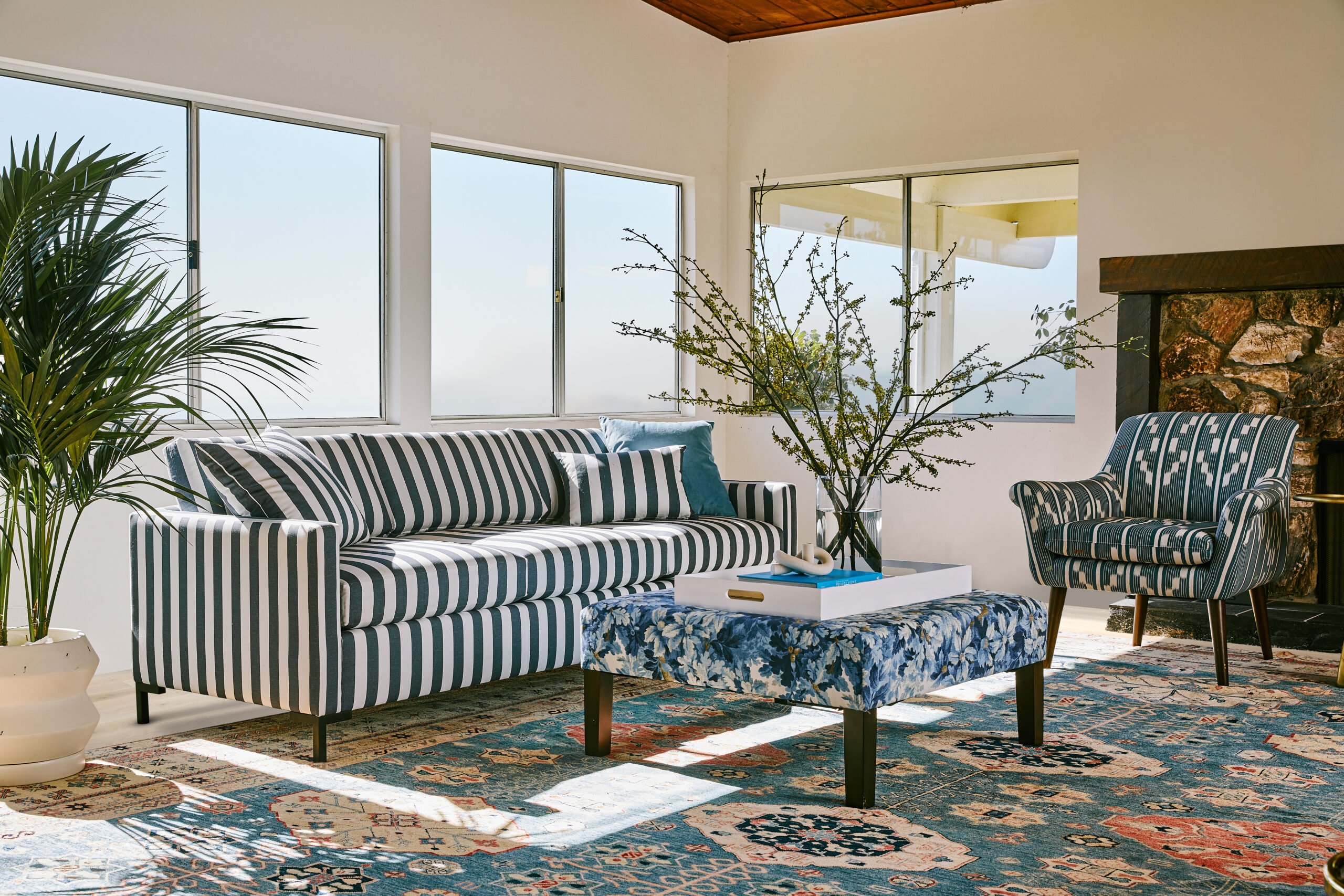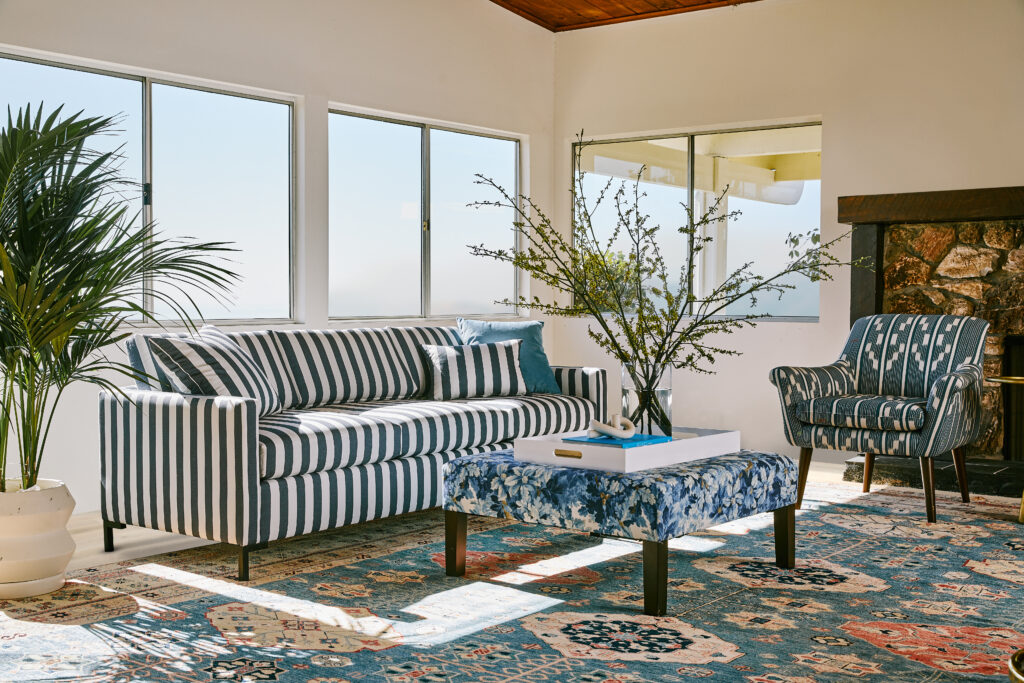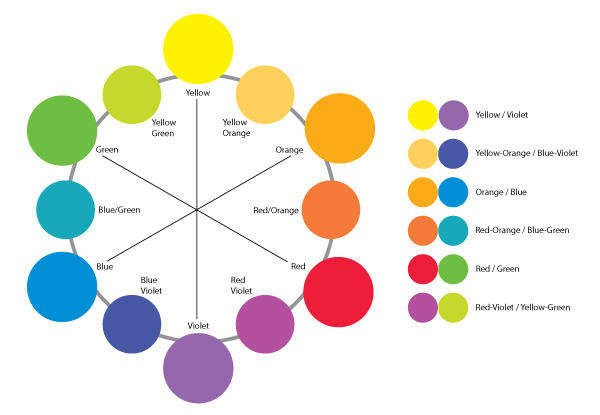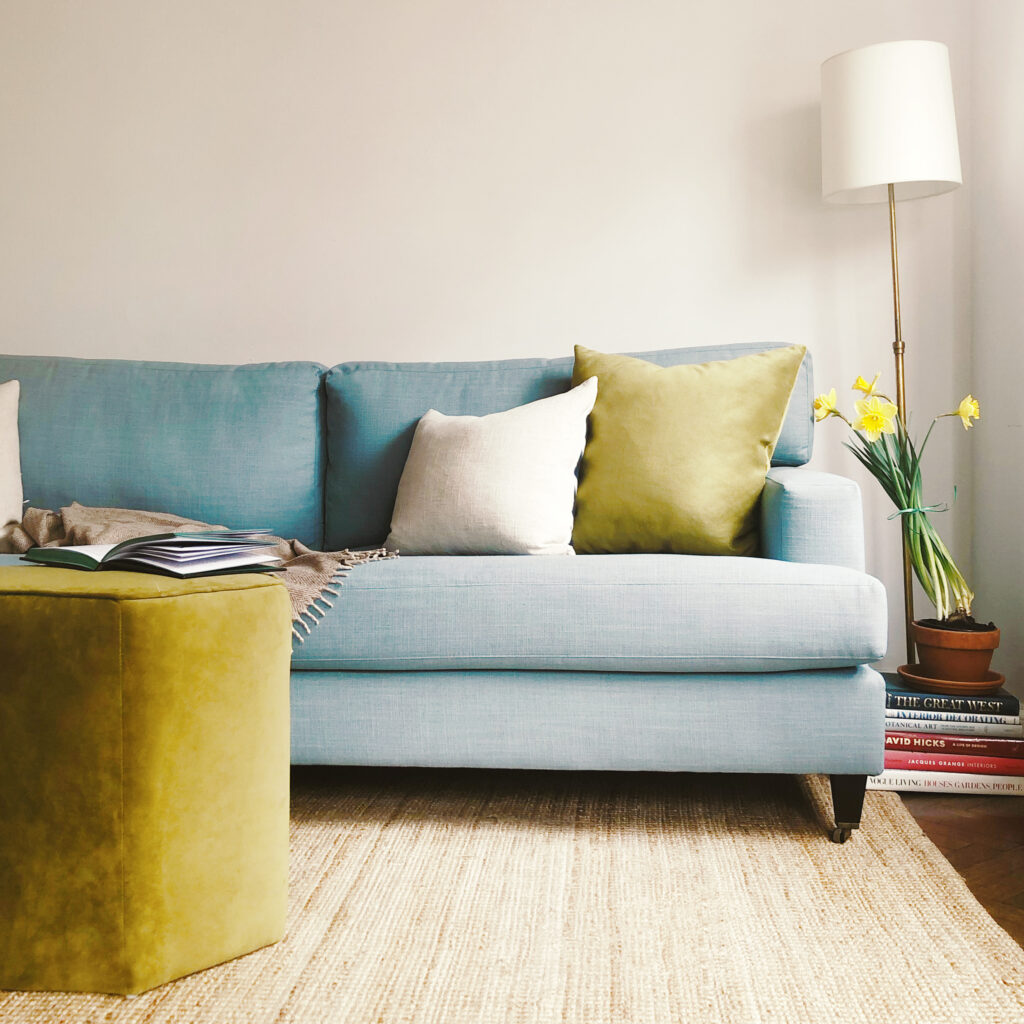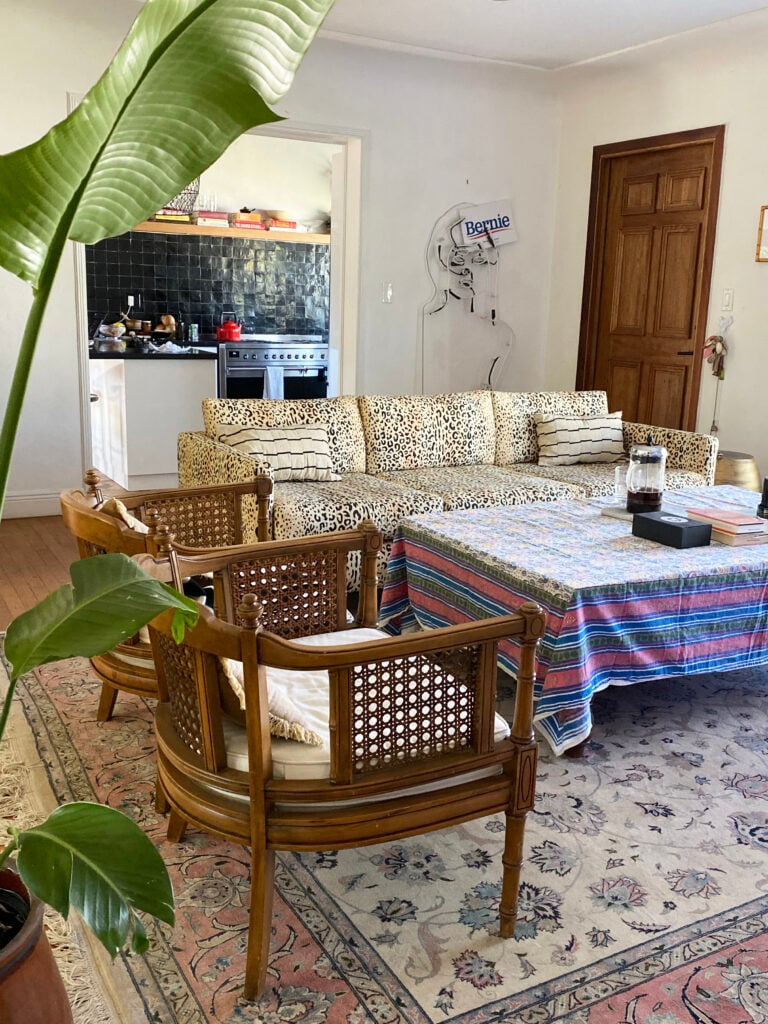No matter your affinity for interior design, creating your dream living room can be stressful and all the so-called “rules” don’t make it any easier. A common question designers often receive is around whether or not you should focus on matching your living room furniture. This seems like it should be an easy undertaking, but if you’re an indecisive shopper or love incorporating different colors, patterns and textures, then you may be thinking, does my living room furniture have to match?
If you find yourself torn between several custom furniture pieces but are worried they don’t play well off one another, let us first start by saying, it’s okay to have mis-matching furniture! What’s more important than pre-existing décor guidelines is that you’re creating a space that makes you happy and feels like home. It’s safe to say you’ll spend a significant portion of your day in the living room, so your first priority should be creating a joyful interior that embodies your individuality. If it works for you, then it works!
With that in mind, matching or mismatching your furniture is totally up to you. Both options can create a balanced and intentional ambiance, no matter your style. We’ve pulled together a few handy tips that will help you rest easy knowing that you’ve designed a cohesive space, whether you’re looking for an eclectic vibe, or you prefer matchy-matchy.
Shop the look: Modern Sofa in Navy Cabana Stripe | Cocktail Ottoman in Limoges Bois de Chene | Cocktail Chair in Linea Ikat
If a mis-matched aesthetic brings you joy:
The secret to maintaining a cohesive living room while mixing your furniture is to coordinate colors, upholstery, and wood or steel finishes. Look for common threads that tie the pieces together, even if in a less obvious way. For instance, you can achieve a balanced and unified living room look by opting for upholstery of a similar texture (such as velvets or linens), or featuring complementary colors or patterns. If you’re mixing colors, we love to reference our handy color wheel to pair colors opposite each other. When mixing patterns, following the rule of threes is a handy starting point: choose a large-, medium- and small-scale pattern in a color palette you adore. Then apply the patterns to your pieces in any way you’d like.
Another trait to keep your eye on when coordinating mismatched casegoods (hard materials, such as wood, metal, glass or plastic) or upholstered furniture is their finishing. For example, when combing a coffee table, a sectional and a recliner from various retailers or time periods, each should encompass a similar arm or leg style and have consistent steel and/or wood finishes to give a feeling of intentionality.
A color wheel // Photo credit: SpringLeaf Studios
Focus on furniture arrangement
Whether you prefer matching or mismatched furniture, your living room arrangement is a key consideration in creating a cohesive and balanced interior. As a starting place, your custom sofa should be used to establish a clear focal point in your living room and accent pieces should be incorporated to tie your furniture together.
Incorporating repetition while giving each of your major furniture pieces room to breathe creates balance between each piece of furniture. If you are working with mismatched pieces, you can place your sofa just off a wall or in the center of your living room with two ottomans adjacent and a centered coffee table to create repetition. If you have a matching set, try to placing lamps and end tables behind your major furniture pieces.
Designing a balanced living room refers to the aesthetic and functional aspect of each furniture piece. With both mismatched and matching sets, you can place a coffee table or cocktail ottoman at the center of your major furniture pieces. Much like a dining room table, this arrangement creates intimacy and unity between each furniture piece. When dealing with mismatched furniture, the arrangement of your custom chairs can ensure everything comes together. Whether you’re dealing with an intimate or large living room, placing additional seating around your sofa is key towards tying together mismatched furniture.
Shop the look: Classic Sofa in Seaglass Linen | Hexagonal Ottoman in Moss Velvet | Throw Pillow in Moss Velvet
What to choose: matching furniture or combining furniture?
Despite the growing trend of mismatched furniture in recent years, we know some people prefer uniformity. But if you’re looking for a middle ground, you don’t necessarily have to match your entire furniture set but can still incorporate a few matching pieces throughout your space.
If you’re worried about matching sets appearing too contrived or serious, one way to liven up your space is to incorporate complementary home décor items such as side tables and throw pillows. The key is to use these accents incorporate a burst of complementary colors, textures, patterns and finishes. Other finishing touches could include ottomans, area rugs, wallpaper, artwork, lighting and room dividers.
Combining existing furniture sets is another way to add visual interest while still maintaining a feeling stability. You can combine two sets of furniture or a single piece of furniture with a matching set, such as pairing a love seat with a set of matching accent chairs.
Shop the look: Modern Sofa in Leopard
By: Ivana Maldonado

